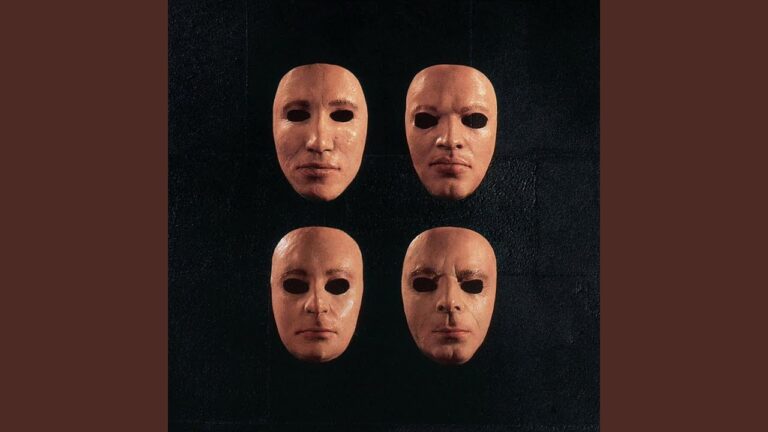Lucrative Salary: Web Designer Job Description & Salary

Web Designer Job Description Template
Web Designer Job Description A web designer is responsible for creating and maintaining visually appealing and user-friendly websites. They are proficient in various programming languages, such as HTML, CSS, and JavaScript, and have a strong understanding of design principles and typography. One of the key tasks of a web designer is to collaborate with clients or stakeholders to understand their needs and requirements. They then develop a website layout that aligns with the client’s brand image and goals. This involves creating wireframes and prototypes to present to the client for approval before proceeding with the design process. Once the design is approved, the web designer starts coding the website using the necessary programming languages and frameworks. They ensure that the website is responsive and compatible with different browsers and devices. They also integrate interactive elements, such as forms, buttons, and multimedia content, to enhance user experience. Furthermore, a web designer is responsible for optimizing the website’s performance by optimizing images, compressing files, and minimizing code. They also conduct thorough testing to identify and fix any bugs or issues. In addition to technical skills, a web designer should possess strong creativity, attention to detail, and problem-solving abilities. They should stay updated with the latest design trends and technologies to deliver modern and innovative website designs. In conclusion, a web designer plays a crucial role in creating visually appealing and functional websites. They have a solid understanding of programming languages and design principles and work closely with clients to bring their visions to life.Web Designer Responsibilities
Web Designer Requirements
How Much Does A Web Designer Make?
Web Designer Salary
| Experience Level | Salary Range |
|---|---|
| Entry Level | $40,000 – $55,000 |
| Intermediate Level | $55,000 – $75,000 |
| Senior Level | $75,000 – $100,000 |
A web designer’s salary can vary depending on their level of experience. Entry level web designers can expect to earn between $40,000 and $55,000 per year. As they gain more experience and skills, their salary can increase to a range of $55,000 to $75,000 for intermediate level designers. Senior level web designers, who have significant experience and expertise, can earn between $75,000 and $100,000 or more annually.
Web Designer Salaries by Country
Top Paying Countries for Web Designers
| Country | Average Salary (USD) |
|---|---|
| United States | 70,000 |
| Switzerland | 65,000 |
| Australia | 55,000 |
| Canada | 50,000 |
| United Kingdom | 45,000 |
According to recent data, the top paying countries for web designers are the United States, Switzerland, Australia, Canada, and the United Kingdom. Web designers in the United States earn an average salary of $70,000 per year, making it the highest paying country for this profession. Switzerland follows closely with an average salary of $65,000, while Australia, Canada, and the United Kingdom offer average salaries of $55,000, $50,000, and $45,000 respectively. These figures may vary based on factors such as experience, skills, and location within each country.
A video on the topic Web Designer
Video Source : Flux AcademyInterview Questions for Web Designer
1. What is your experience as a web designer?
I have been working as a web designer for the past five years. During this time, I have successfully completed various projects for clients from different industries.
2. How do you approach a new web design project?
When starting a new web design project, I first gather all the necessary information from the client. I then conduct thorough research on the target audience, competitors, and industry trends. Based on this research, I create a wireframe and design concept to present to the client for approval.
3. What design principles do you follow when creating a website?
I follow the principles of simplicity, usability, and visual appeal when designing a website. I believe in creating clean and intuitive designs that are easy for users to navigate and understand. I also pay attention to color schemes, typography, and image selection to create visually appealing websites.
4. How do you ensure that your designs are responsive and compatible with different devices?
I always design websites with responsiveness in mind. I use a combination of fluid grid layouts, flexible images, and media queries to ensure that the website looks and functions well on different devices, including desktops, tablets, and mobile phones. I also perform thorough testing across various browsers and devices to ensure compatibility.
5. Can you explain your design process from start to finish?
My design process typically involves the following steps: 1. Gathering client requirements and conducting research 2. Creating wireframes and design concepts 3. Presenting the designs to the client for feedback and revisions 4. Developing the approved design into a functional website 5. Conducting thorough testing and making necessary adjustments 6. Launching the website and providing ongoing maintenance and support if required.
6. How do you stay updated with the latest design trends and technologies?
I regularly attend web design conferences, workshops, and webinars to stay updated with the latest design trends and technologies. I also follow industry-leading blogs and subscribe to design-related newsletters. Additionally, I actively participate in online design communities to exchange ideas and learn from other professionals.
7. How do you handle client feedback and revisions?
I value client feedback and see it as an opportunity to improve my designs. I listen carefully to their suggestions and concerns and make revisions accordingly. I aim to maintain clear and open communication throughout the design process to ensure that the client’s vision is accurately translated into the final product.
8. Can you provide examples of websites you have designed?
Sure, you can find examples of websites I have designed in my portfolio. I can also provide specific case studies and references upon request.
9. What software and tools do you use for web design?
I am proficient in using tools such as Adobe Photoshop, Sketch, and Figma for creating design mockups and prototypes. I also have experience with HTML, CSS, and JavaScript for front-end development. Additionally, I use design collaboration tools like InVision and Zeplin to streamline the design process.
10. What is your approach to meeting deadlines and managing multiple projects?
I am well-organized and adept at managing my time effectively. I prioritize tasks based on their urgency and set realistic deadlines for myself. I also communicate openly with clients to manage expectations and ensure that they are informed about the progress of their projects. If needed, I am willing to put in extra hours to meet deadlines without compromising the quality of my work.






